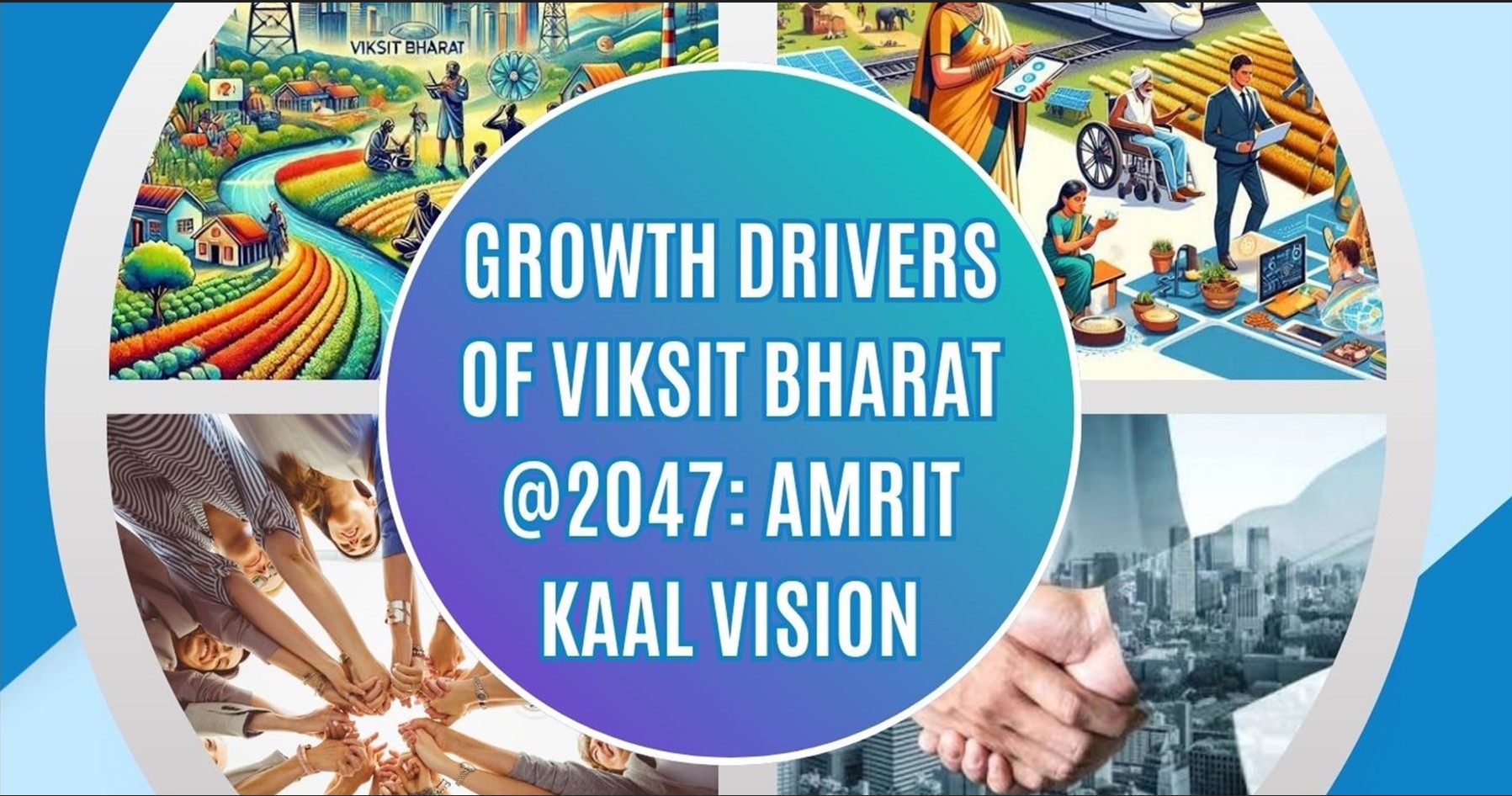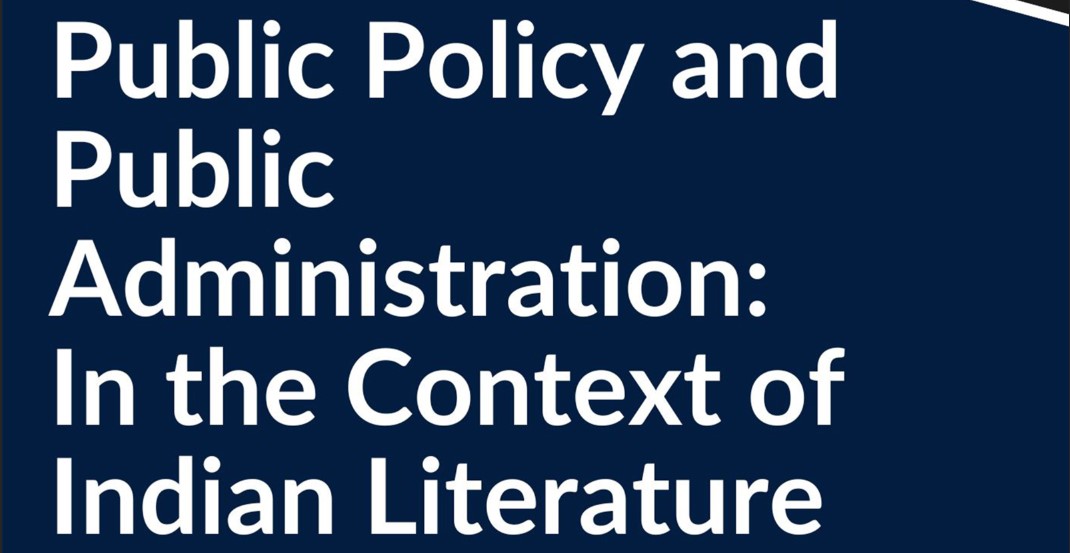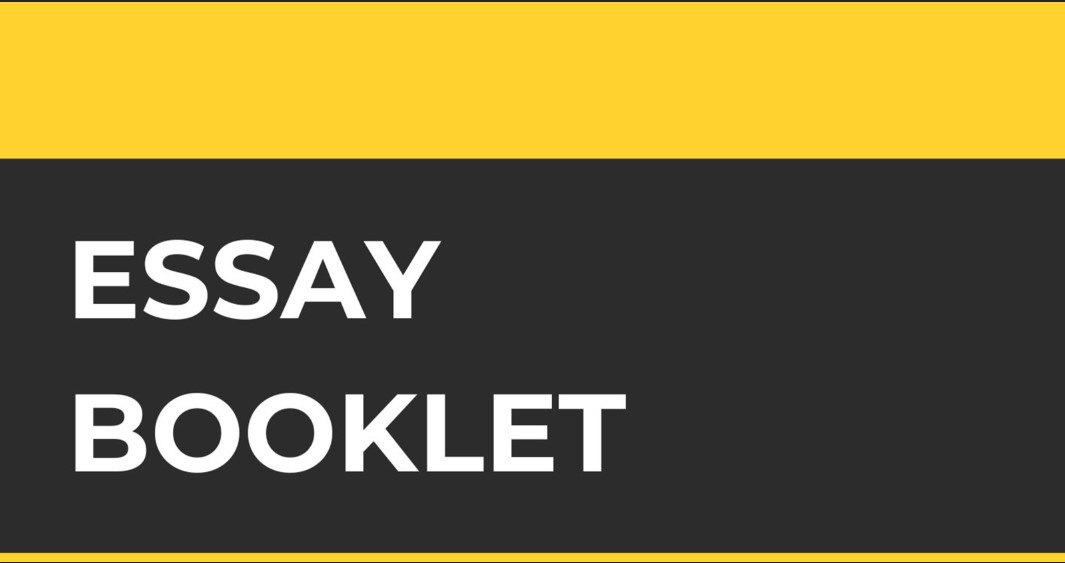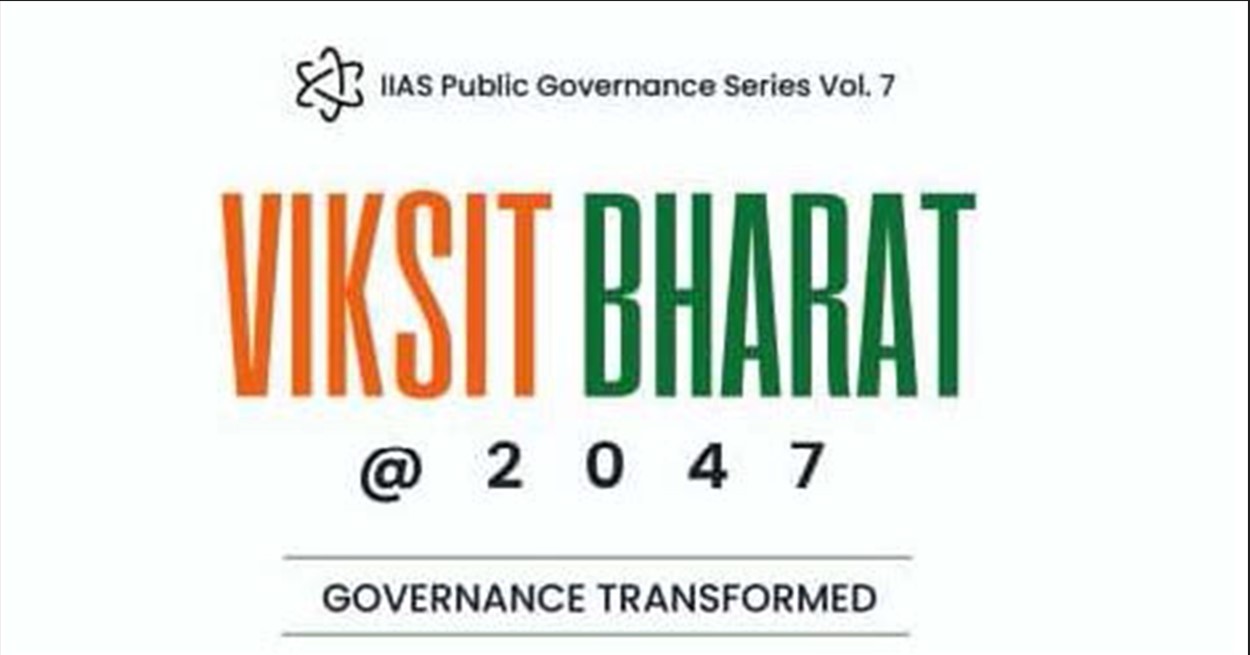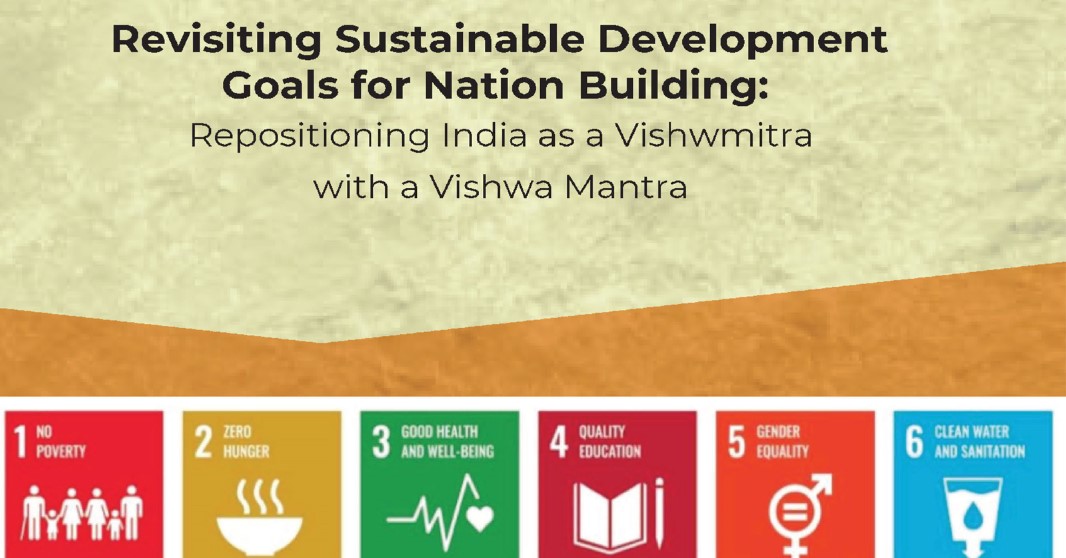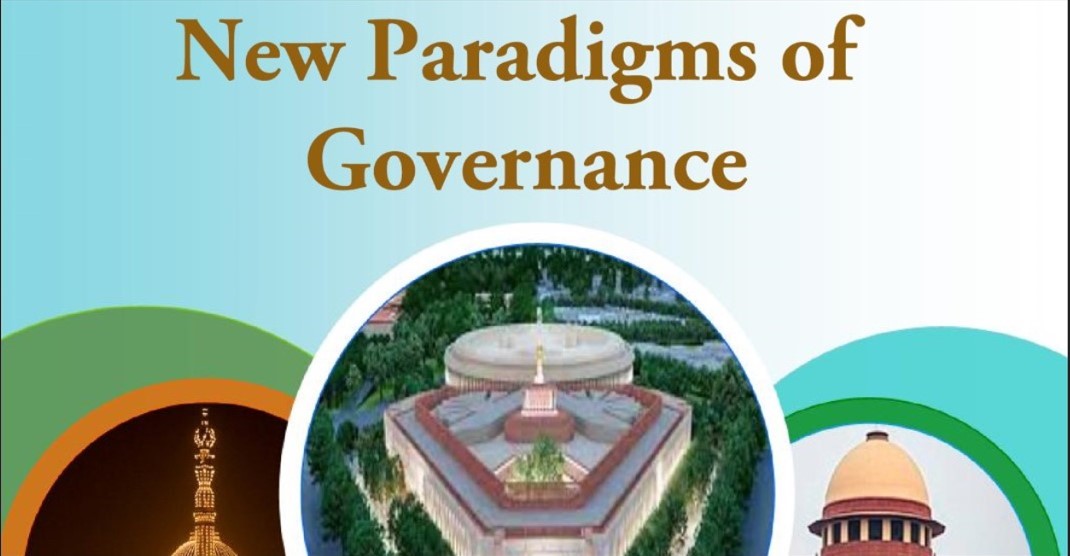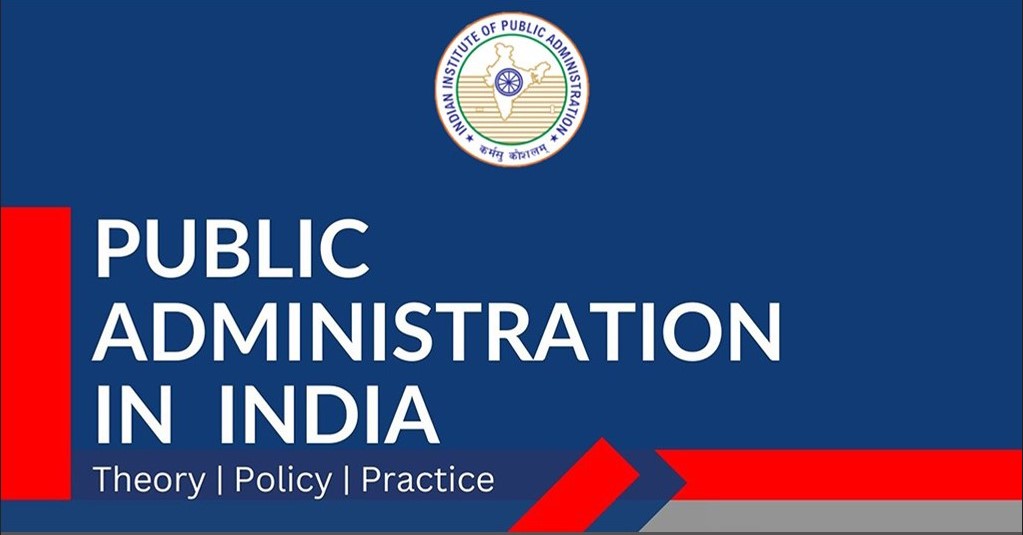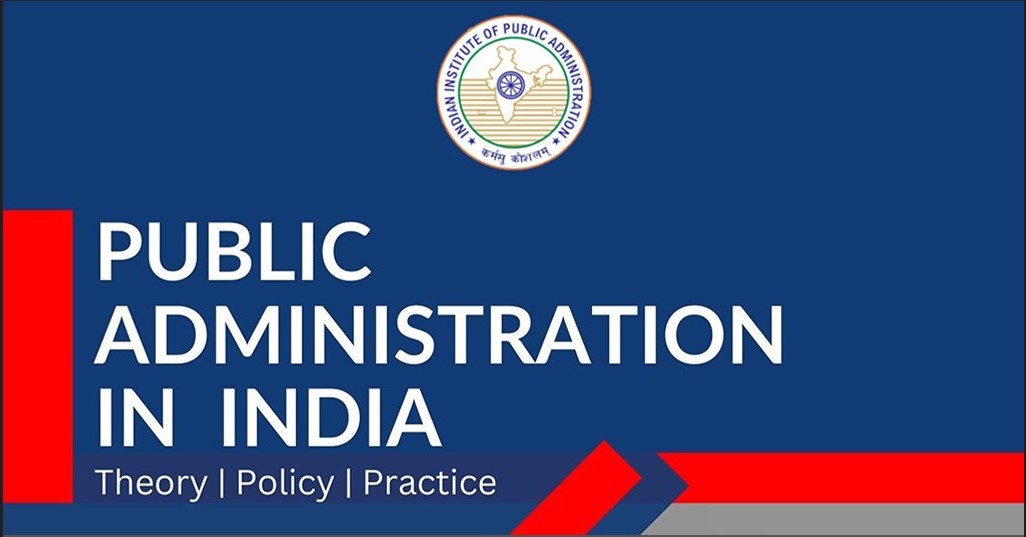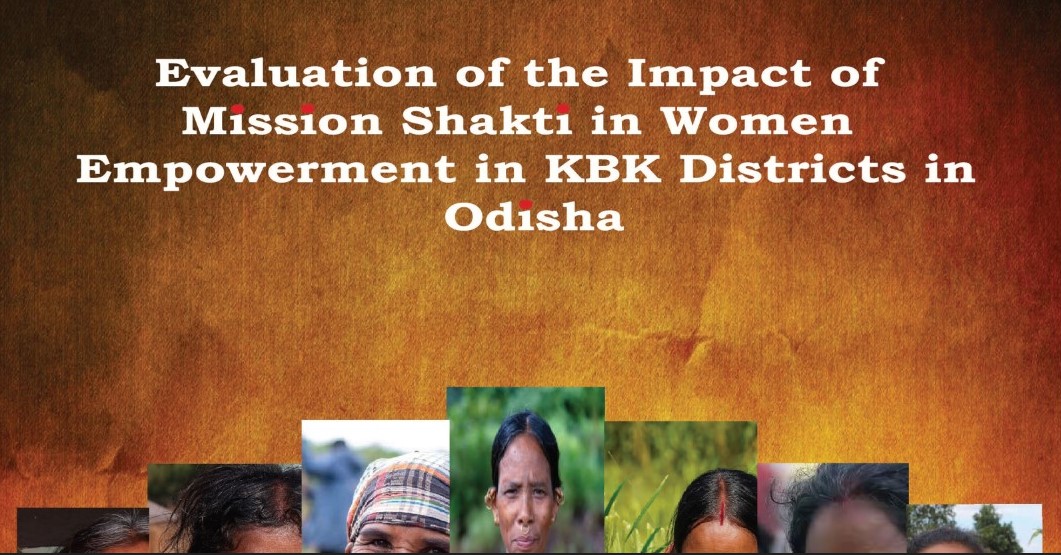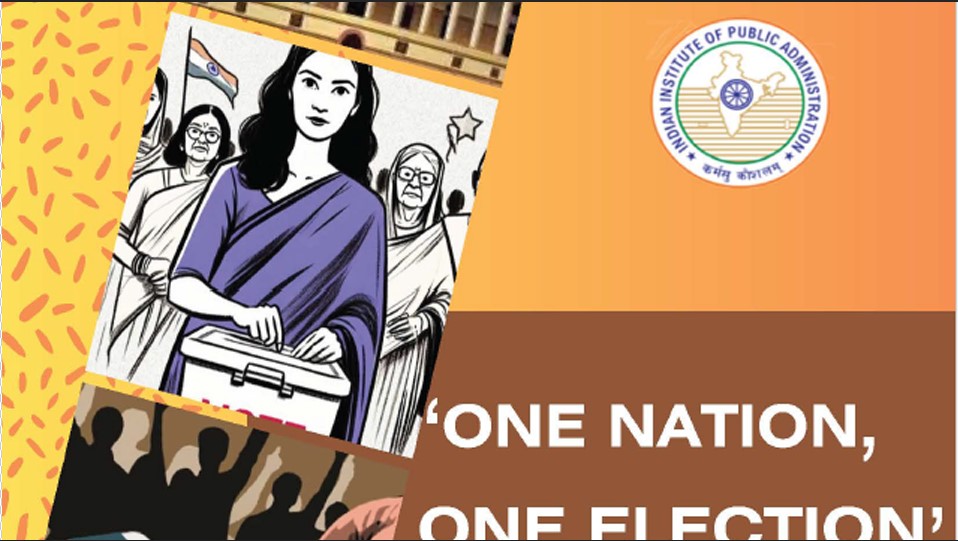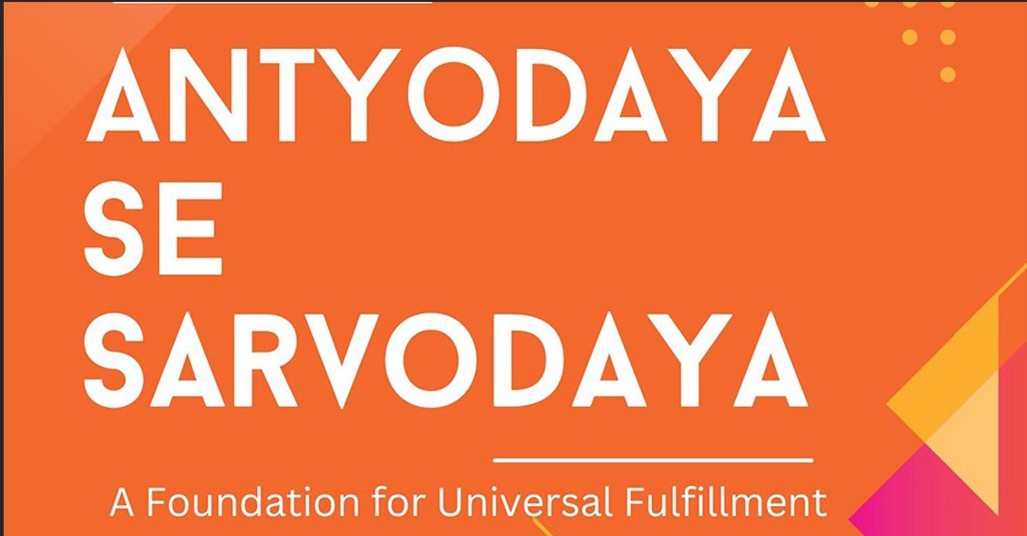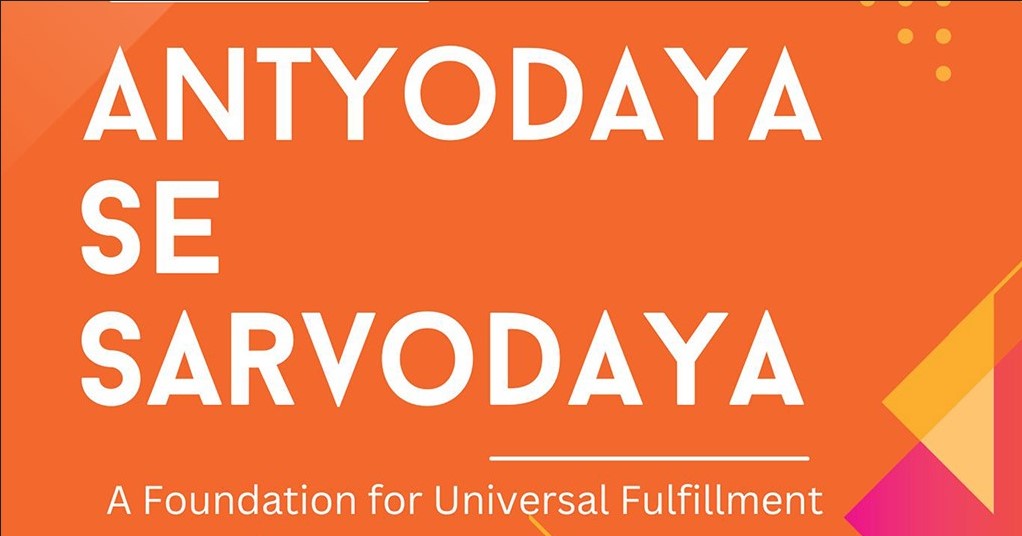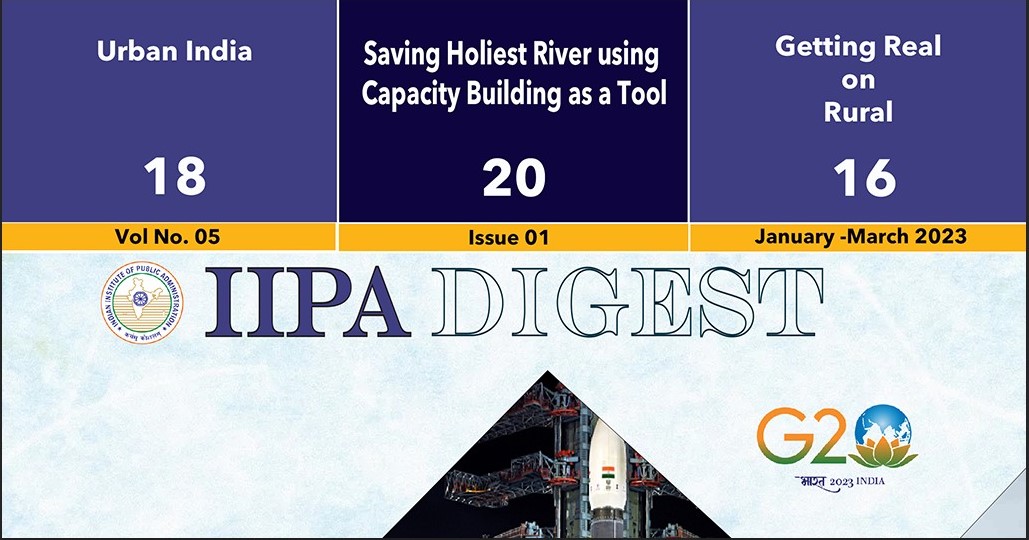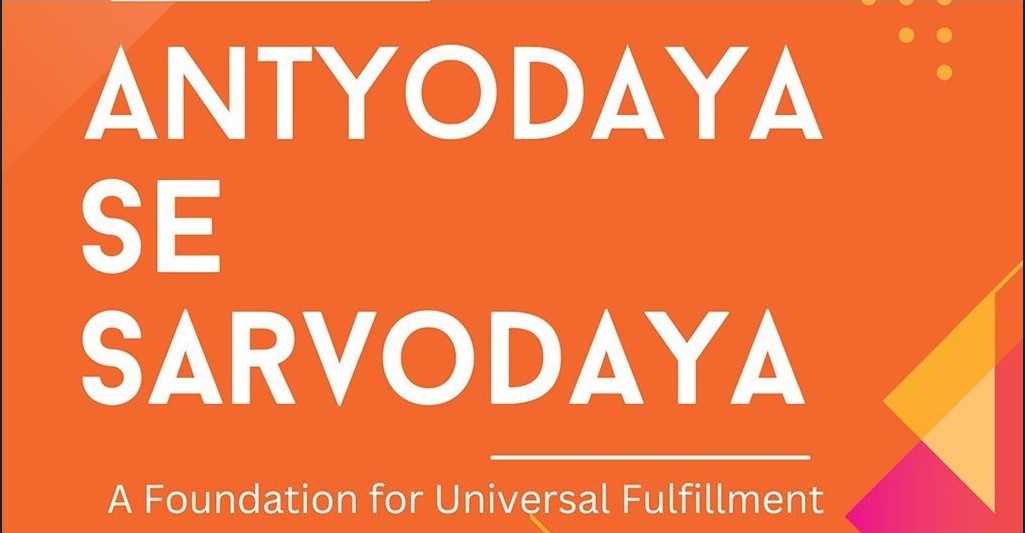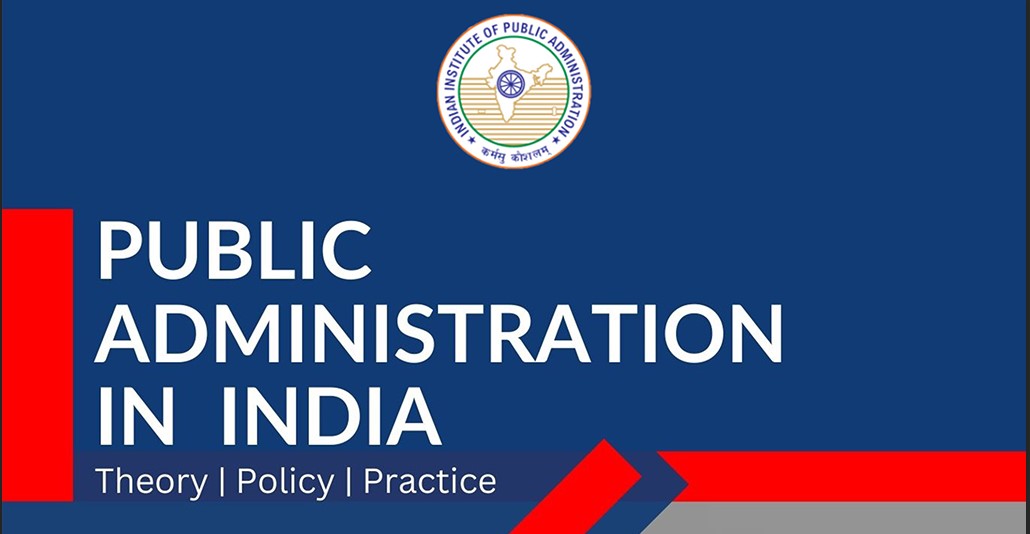Economic Empowerment of Rural Women Self-Help Group Members through Entrepreneurship in Rajasthan
Abstract
Economic empowerment through the creation of income-generation opportunities and livelihood enhancement activities is essential to bring rural women out of poverty and fast-track them on the path to socio-economic development. Over the last four decades, the Self-Help Group model has become well-established as a means of enhancing the socio-economic status of rural poor women and empowering them. Under the leading programme of the Government of India, DAY-NRLM, SHG creation has grown in leaps and bounds, and the programme aims to link 10 crore women through 1 crore SHGs. This paper explores the entrepreneurship activities undertaken by SHG members in Rajasthan and examines the impact of SHG membership on their income. The study is based on a sample of 2400 SHG members across 8 districts of Rajasthan. Out of these women, just 281 (11.71%) were entrepreneurs. Around 80 percent of them operated small shops, while others ran internet kiosks/ photocopy shops, agri-businesses, tailoring shops, and other micro-enterprises in their villages. The findings reveal that the income enhancement is highest through entrepreneurial activities as compared to agriculture or livestock rearing. This investigation points out that SHG membership has improved women’s economic status. However, there is a need to expand the reach and intensify the present entrepreneurship programme through entrepreneurial capacity building, skill development, creation of FPOs, availability of credit of larger amounts through SHGs, and creation of market linkages. The future looks promising new models of entrepreneurial development, such as FPOs, and new schemes, such as Lakhpati Didi Yojana and SVEP.
Keywords: Entrepreneurship, Economic Empowerment, Rajasthan, Rural Development, Self-Help Groups, Socio-Economic Status, Women Empowerment.
1. Introduction
Self-Help Groups (SHGs) are small groups comprising 10-15 members, which are organised on the principles of mutual help and solidarity. The group members make small savings at Regular intervals, and pool their savings to give loans to members, which they utilise for various purposes. SHGs operate their accounts in banks and avail loans without collateral. The SHG programme was initiated at the behest of the Self-Employed Women’s Association, Ahmedabad, and way back in the 1970s. Subsequently, there were several commendable initiatives in the voluntary sector by organisations such as MYRADA and Pradan. During the 1980s, Bangladesh’s Grameen Bank also received much acclaim at the international level. These initial success stories led to the espousal of the SHG programme by the Ministry of Rural Development (MoRD), Government of India (GoI), and NABARD. The SHG Bank Linkage Programme (SBLP), launched by NABARD in 1992, followed by the MoRD’s Sampoorn Gramin Swarojgar Yojana (SGSY), both faced many hiccups and hurdles, which the Radhakrishna Committee on Credit Related Issues took cognizance of. Their recommendations were incorporated in the National Rural Livelihoods Mission or Jeevika in 2011.
Deendayal Antyodaya Yojana - National Rural Livelihoods Mission (DAY-NRLM), launched in 2015, has the objective of poverty reduction by promoting self-employment and skilled wage employment opportunities, leading to “sustainable and diversified livelihood options for the poor”. The programme is based on the core values of inclusion, transparency, ownership, and self-reliance. DAY-NRLM focuses on four key areas, namely, “social mobilization and promotion and strengthening of self-managed and financially sustainable community institutions of the rural poor women; (b) financial inclusion; (c) sustainable livelihoods; and (d) social inclusion, social development and access to entitlements through convergence” (MoRD, 2024a) to link 10 crore women through SHGs, DAY-NRLM is regarded as India’s flagship scheme and the “world’s largest SHG programme” (De Hoop et al., 2019: 9). As of 30 November, 2024, India has 83,27,888 SHGs comprising 8,46,13,816 members (MoRD, 2024b). A total of 10,29,20,576 households have been mobilised under the programme MoRD, 2024c).
This study focuses on Rajasthan, India’s largest State in terms of area, and globally recognised as the ambassador of royal heritage, rich culture, and vibrant life, despite being geographically disadvantaged in terms of having vast tracts of desert land and being flanked by the Aravali hills on one side and the Pakistan border on the other. There is a large population of SCs, STs, and OBCs in Rajasthan. Furthermore, the status of women in Rajasthan is a cause of worry due to the rampant prevalence of social evils, such as child marriages and the dowry system, manifested through the low levels of female literacy and the adverse sex ratio. Despite these odds, Rajasthan has a very active SHG landscape with commendable work initiated by Dungarpur-based PEDO since the 1980s. Jaipur-based Centre for Microfinance, supported by the Tata Trusts, has been mobilising grassroot-level organisations such as Ibtada, PEDO, and others for creating and supporting SHGs. As of 30 November 2024, Rajasthan has 2,51,528 SHGs and 25,05,788 SHG members (MoRD, 2024b).
The objectives of this study are to analyze the entrepreneurial activities carried out by women SHG members in Rajasthan, examine their achievements and challenges, and make recommendations for future policy directions so as to promote entrepreneurship among rural poor women through SHGs. This research has been carried out through a survey of 2400 women SHG members, out of which 281 (11.71%) were entrepreneurs. These women were spread across eight districts of Rajasthan. The next section presents an overview of the literature, followed by research methodology. Subsequently, the results of the study are discussed, followed by a conclusion and recommendations.
2. Literature Review
The literature review has been carried out by deploying keywords such as entrepreneurship, economic empowerment, self-help groups, socio-economic status, and women's empowerment. The keyword search included published material such as books, journal articles, reports, and other documents available in print form as well as on Internet sources such as search engines and online databases. Most studies on SHGs have been carried out in India and Bangladesh, the two countries with demonstrated success of SHGs. A comprehensive review of 34 studies across several countries published by 3ie found that SHG membership led to economic, social, and political empowerment of women. Other studies done in the international context also revealed that microfinance had improved the economic status and family well-being of rural women (Florescu, 2009; Kabeer, 2005; Mayoux, 2006; Rahman, 1986), reduced poverty (Khandker, 1998), increased household expenditure and consumption, non-land assets of women, labor supply of women and improvement in girls’ education (Pitt and Khandker, 1998). Though most researchers have extolled the benefits of SHG membership in women's empowerment, few have also pointed out the downside, wherein the loans were availed by the women, but the male family members exercised control over the utilisation of loans (Goetz and Sen Gupta, 1994).
Back home, an evaluation of SBLP found out the significant impact of SHG membership on the lives of rural women and their empowerment (NABARD study conducted by APMAS, 2017). A study by EDA and APMAS (2006) revealed the ‘lights and shades’ associated with the impact of SHG membership. The study concluded that the social impacts of SHGs were visible on the ground; however, the financial aspects still needed to be worked upon. An independent evaluation of DAY-NRLM (IRMA, 2017) revealed that SHG members from the experimental group fared better than those from the control group on indicators such as possession of livestock, enterprises, income, consumption on schooling, savings in formal institutions, and uptake of credit.
Women's empowerment refers to “improving the ability of women to access the constituents of development in particular health, education, earning opportunities, rights, and political participation” (Duflo, 2012: 1053). It incorporates five dimensions of empowerment, comprising economic, social, legal/ political empowerment, interpersonal & psychological empowerment. Economic empowerment can occur through poverty eradication, microcredit, recognising women’s contribution to the economy, taking advantage of the opportunities offered by globalisation, agriculture, industry, and support services. Social empowerment can occur through education, health, nutrition, drinking water and sanitation, housing and shelter, environment, science and technology, and helping women in difficult circumstances. Political empowerment can occur through participation in public life and contesting elections. Psychosocial empowerment refers to feelings of self-worth and self-confidence and the ability of women to make their own choices. Researchers have developed several indices to measure women's empowerment, significant among them are IFPRI’s Women Empowerment in Agriculture Index (Alkire et al., 2013) and the Hunger Project’s (2017) Women Empowerment Index.
Studies on the impact of entrepreneurial activities on the lives of SHG members reveal that they have led to women's empowerment on various dimensions of empowerment, though there is a need to focus on technology orientation, entrepreneurial capacity building, and financial skills development (Sharma and Varma, 2008). Singh (2012) has examined the policy framework for the promotion of entrepreneurship among SHGs in Himachal Pradesh.
From the literature review, it is evident that there are several studies on the outcomes of SHG membership, particularly its impact on socio-economic indicators and women's empowerment. However, there is limited evidence on the entrepreneurial activities undertaken by SHG members and their impact on their socio-economic status and empowerment. The present research aims to address this research gap by undertaking a study of the impact of entrepreneurship on the economic empowerment of women SHG members.
3. Research Methodology
This research is descriptive, as it involves primary data collection through a survey of women SHG members across eight districts of Rajasthan. The study districts comprised Bikaner and Churu from the northern region, Dungarpur and Sirohi from the southern region, Alwar and Kota from the eastern region, and Ajmer and Jodhpur from the western region. The sample was thus representative of the different geographical regions and corresponding agro-climatic zones of Rajasthan. A schedule was developed, translated into Hindi, and a team of field investigators was assembled and trained for the survey. The schedule was pre-tested and modified before launching the survey.
4. Results and Discussion
4.1. Sample Description
The survey covered 2400 women SHG members from 8 districts in the study, comprising 402 women from Ajmer, 400 each from Alwar, Dungarpur, and Sirohi, 200 each from Bikaner, Churu, and Jodhpur, and 198 from Kota. The SHGs have been categorised according to the age of the SHG. The district-wise distribution of SHGs according to the age group of the SHG is presented in Table 1.
Table 1: District-wise distribution of SHGs according to the age group of the SHG
Source: Survey results
4.2. Entrepreneurship
As presented in Table 2, the survey found that out of 2400 respondents, there were only 281 (11.71%) entrepreneurs. Out of these 224 (79.72%) had small shops, while 14 (4.98%) were engaged in any type of business related to agriculture, 5 (1.78%) in manufacturing, 6 (2.14%) in construction, 7 (2.49%) in e-mitra/ photocopy shop, 15 (5.34%) in tailoring and remaining in other types of micro enterprises. The distribution of shops across districts was as follows: Ajmer (45 or 20.09%), Alwar (43 or 19.2%), Bikaner (30 or 13.39%), Churu (25 or 11.16%), Dungarpur (33 or 14.73%), Jodhpur (11 or 4.91%), Kota (22 or 9.82%) and Sirohi (15 or 6.7%).
Table 2: District-wise Type of Business Run by SHG Members during the Last 12 Months
Source: Survey findings
Table 3 presents district-wise data on the owner/ manager of the business run by SHG members. The data reveal that in 129 (45.91%) cases, the primary respondent herself owned and managed the enterprise, while in 117 (41.64%) cases, the spouse ran the business. Businesses run by the primary respondent herself were highest in Alwar, Bikaner, and Dungarpur (29, 23, and 26, respectively), while businesses run by the spouse were highest in Ajmer (36).
Table 3: Districtwide Owner/ Manager of the Business Run by SHG Members
Source: Survey findings
Table 4 presents the districtwide owner/ manager of the business run by SHG members. The data reveal that in 157 (55.87%) cases, the business was owned and managed by a male member, and in 124 (44.13%) cases, by a female member. The highest number of businesses managed by male members was found in Ajmer (46) and Churu (25), while those managed by female members were found in Alwar and Dungarpur (28 each).
Table 4: District-wise Gender of Owner/ Manager of the Business Run by SHG Members
Source: Survey findings
Table 5 displays the data related to district-wise support to SHG business through loans. The data reveal that in 164 (58.36%) cases, the business was supported by a loan. In 73 (44.51%) cases, the women got a loan from the SHG/ Federation, 19 (11.59%) cases from a microfinance institution, and in 60 (36.59%) cases, they got a little loan, a little grant, and invested some on their own. The maximum number of loans was availed in Alwar and Dungarpur (19 each).
Table 5: District-wise Support to SHG Business through Loans
Source: Survey findings
Table 6 presents data on district wise revenue generated from the business run by SHG members in the last 12 months (in Rs.) 52 (18.51%) respondents had an income up to Rs.30,000; 45 (16.01%) had an income in the range Rs.30,000 to Rs.60,000; 62 (22.96%) had an income in the range Rs.60,000 to Rs.90,000; 19 (6.76%) each had an income in the ranges Rs.90,000 to Rs.1,20,000 and Rs.1,20,000 to Rs.1,50,000 whereas 70 (24.91%) had an annual income exceeding Rs.1,50,000. If we analyze the data district-wise, then we find that most respondents in the lowest income range (up to Rs 30,000) were in Dungarpur, Rs.30,000 to Rs. 90,000 range in Alwar, Rs. 90,000 to Rs. 1,20,000 range in Ajmer and Alwar, Rs. 1.2 lakhs to Rs 1.5 lakhs range in Churu, and more than Rs. 1.5 lakhs in Bikaner, Ajmer, and Kota (18, 12, and 10 respondents, respectively).
Table 6: District-wise Revenue Generated from the Business Run by SHG Members in the Last 12 Months (in Rs.)
Source: Survey findings
To summarise, the survey revealed few women entrepreneurs, and in a large number of cases, they were not managing their business independently. Many of them were supported through SHG loans.
4.3 Income
Table 7 depicts the district-wise comparison of mean income from agriculture, livestock, and business. The comparison reveals that across all districts, the highest income was from business, followed by agriculture and livestock. 87.22 percent of households had an annual income of less than Rs 70,000 from agriculture, while 85.73 percent of households had an annual income of up to Rs 30,000 from livestock.
Table 7: District-wise Comparison of Mean Income from Agriculture, Livestock, and Business
Source: Survey findings
4.4 Microfinance
The women took loans from both SHG and non-SHG sources. The district-wise average loan amount from non-SHG and SHG sources (in Rs.) is summarised in Table 8. The data suggest that high amounts of loans were taken from non-SHG sources, to the tune of Rs 2,05,900 in Bikaner, closely followed by Rs 1,94,400 in Churu, Rs 1,26,200 in Kota, and Rs 1,16,400 in Jodhpur. Only in Dungarpur, the loan amount from non-SHG sources was small (Rs 38,500). On the other hand, SHG loans were in the range Rs 30,400 to Rs 49,600 across various districts except Churu, where they got average loans of Rs 88,800 from the SHG.
Table 8: District-wise Average Loan Amount from Non-SHG and SHG Sources (in Rs.)
Source: Survey findings
Table 9 depicts the district-wise credit utilization of loans from non-SHG. Overall, the topmost utilisation of credit was for social and religious events such as weddings, death feasts, etc., followed by house construction or repair, and then medical expenses. In Ajmer, Alwar, Bikaner, and Churu, social and religious events were the topmost purpose of utilisation of loan, whereas, in Dungarpur and Sirohi, it was medical expenses. In Kota, the loans were utilised most for house construction/ repair, and in Jodhpur for business/ shop. Utilisation of loan for livelihoods, i.e., for a business shop, was seen in Jodhpur (topmost), Churu, and Kota (both third highest). Loans were utilised for farming in Sirohi (the second highest). In Ajmer, loans were used to repay old debts (the third highest).
Table 9: District-wise Credit Utilization of Loan from Non-SHG
Source: Survey findings
Table 10 presents the district-wise credit utilisation from the SHG loan. The overall top three purposes for utilisation of loans include household expenses (consumption), house construction/ repair, and social or religious events. The district-wise data reveal that in Bikaner, the topmost utilisation was for the purchase of animals, while business/ shop was at number 3. In Churu, business/ shop was the topmost utilisation of the loan. Farming was topmost in Sirohi, second in Kota, and third in Dungarpur. Thus, the SHG loans were used for consumption as well as livelihood enhancement.
Table 10: District-wise Credit Utilisation from SHG Loan
Source: Survey findings
Thus, to summarise, women took loans from SHGs as well as non-SHG sources. The credit uptake from formal sources such as banks or cooperative societies was low (less than 21 percent). Mostly women took loans from non-SHGs for spending on social and religious events such as weddings, death feasts, etc., followed by house construction and repair, and medical expenses. On the other hand, the loans from SHGs were taken to fulfil small requirements such as household expenses, house construction/ repair, and expenditure on social and religious events, weddings, death feasts, etc. Loans to support livelihoods included those for business/ shop, purchase of animals, and farming.
5. Conclusion
In the rural development landscape, SHGs have established themselves as a means of bringing about socio-economic development as well as women's empowerment. Though fewer women were engaged in entrepreneurial activities, they reported higher income as compared to those engaged in agriculture or animal husbandry. Entrepreneurial development has the potential to improve the income of rural women and empower them. Therefore, it is imperative for the government, NGOs, or corporations working in this domain to launch programmes on entrepreneurship development for rural women. The key components of the programme could be identification of business opportunities; setting up and operating a business; human resource management including skill development, performance management, leadership, team work, conflict management, etc.; marketing management through the 4Ps of goods: product, price, place and promotion or the 7Ps of services incorporating people, process and physical evidence in addition to the 4Ps; financial management including accounting, working capital management, etc., supply chain management including procurement of raw material and distribution of finished goods.
Business opportunities could be identified in locally relevant areas such as food processing, agri-business, livestock products, garment business, services, trading etc. Food processing could be based on locally available produce, such as making pickles, chutneys, jams, candies, from amla, ber, etc., tomato ketchup, papads, packaging of dried methi leaves, ker, sangri, spices such as cumin, aniseed, coriander, turmeric, red chilli, methidana etc., packaged oils such as mustard oil and groundnut oil, packaged snacks (namkeens) made of moth, besan and other flours, packaged appetizers (such as churans and suparis of different flavours), medicinal plants, and animal feed. The Food & Nutrition and Extension Departments of Agricultural universities could play a vital role in transferring technology and building market linkages for the rural women. The women could also be motivated to grow nutri-gardens in their kitchen gardens or small plots. At the district level, a supply chain could be developed for selling fresh fruits and vegetables grown by the SHG members. Similar to the Saras booths in Rajasthan or Safal booths in Delhi, there could be a chain of stores selling fresh agricultural produce grown by SHG members, supplying straight from farm to fork. In this case, there would be a need to develop a value chain, right from farming inputs, harvesting, post-harvest storage and transportation, procurement, selling, and managing customer relations. Agri-businesses could be based on food items (as indicated above) as well as non-food items, such as cotton, linseed, etc., or agricultural inputs, such as seeds, fertilizers, pesticides, farm equipment, and farm machinery. Several business opportunities exist in the sale of livestock and livestock products, particularly milk (from cattle, goats, as well as camels), meat (sheep and goats), and wool (sheep).
The SHGs could be linked to the village cooperative dairy societies so that they may start getting a higher return on milk sold. Goat and camel milk have special qualities, due to which they may fetch higher prices. Bikaner has the biggest wool mandi in Rajasthan. Linkages of those SHG members who rear sheep could be developed with the wool traders so as to fetch them higher prices. In recent years, SHGs have been organised by RGAVP into Farmer Producer Organisations (FPOs), and inspired by their success stories, 30 new FPOs are in the pipeline. The present FPOs are working on value addition of Agri-products, such as custard apple pulp, nutritious soyabean laddoos, cattle feed, honey, and mustard oil. Jhalawari Mahila Kisan Producer Company in Jhalawar, with 700 members and a share capital of Rs. 19 lakh, a government equity grant of Rs. 10 lakhs, and Rs. 6 lakh per annum for its management, produces and markets ‘Madhusakhi Jhalawari Honey’. Badi Sadri Mahila Kisan Producer Company in Chittorgarh is an FPO with 666 women members that produces and markets kachchi ghani mustard oil (Sharma, 2023). Services, such as beauty parlours, e-mitras, photocopy shops, etc., are the need of the hour even in rural areas. Shops such as those selling fancy items, footwear, garments, stationery, and groceries are also required in rural areas.
Worldwide, Rajasthan is famous for its fabrics in various forms, such as block printing, vegetable dyeing, tie and dye (bandhini), ¸etc. Fabrics are available in a variety of ethnic forms and styles, such as bedsheets, safas (turbans), Jaipuri razais (quilts), and garments such as sarees, salwar suits, skirts, kurtas, shirts, etc. In Churu, an SHG is operating Marudhara Rangsaaz, which manufactures and sells garments. Before the Lockdown, this firm had even manufactured and supplied a bulk order to Fab India. Such initiatives need to be scaled up to encompass more SHGs and done at a level so that economies of scale may be achieved. Furthermore, women need. Therefore, it is imperative to proactively identify entrepreneurship development training provided to rural women, and hand-holding to be provided to them to enable them to kick-start the business. Entrepreneurial development of rural women would enable them to shift from unskilled daily wage work towards a more productive means of livelihood.
The SHG members took loans from SHG as well as non-SHG sources. The continued dependence on non-SHG sources implies that SHGs may have reduced but not eliminated the informal sources of credit, which may often be required in case of emergencies or when other formal sources are not available or cannot be availed, or when the credit requirement is higher than what is provided through an SHG. A shortcoming of SHG loans was that they were available in smaller amounts. So when the women had a requirement for bigger loans, they often approached moneylenders, relatives, or friends. Thus, there is a need for greater impetus on the SHG programme to make larger loans available to women and reduce their dependence on moneylenders.
The ultimate objective of SHGs is to bring about women's empowerment through socio-economic upliftment. SHGs have provided a platform to women to come together, access credit, and explore opportunities to enhance their livelihoods. Policy makers need to work on a multi-pronged approach comprising short-term as well as long-term strategies to catalyse women's empowerment. Short-term strategies could include access to credit at relatively easy terms, entrepreneurship development, and creation of organisations such as FPOs, whereas long-term strategies would aim at providing choice to women so that they can choose the outcomes that they desire. Given the multi-dimensional nature of women's empowerment, policymakers need to make women's empowerment the goal of all development programmes, focusing on the various dimensions of empowerment, such as social, economic, political, and psycho-social.
This study provides several leads and cues for future researchers who would like to study the economic and social impact of SHGs. Studies using a similar methodology based on comparison among agro-climatic zones or different age groups of SHGs could be carried out in other countries or other Indian States as well. Future researchers may develop indices or psychometric scales to measure women's empowerment or use econometric models to analyse the data. The sustainability of mature SHGs could also be studied to identify the social (organizational and managerial), economic, and financial factors that enable SHGs to sustain.
References
1. Alkire, S., Meinzen-Dick, R., Peterman, A., Quisumbing, A., Seymour, G., & Vaz, A. (2013). The women’s empowerment in agriculture index. World Development, 52, 71–91. DOI: http://dx.doi.org/10.1016/j.worlddev.2013.06.007
2. APMAS. (2017). Impact and Sustainability of Self-Help Group Bank Linkage Programme in India. Hyderabad: APMAS.
3. Duflo, E. (2012). Women's empowerment and economic development. Journal of Economic Literature, 50 (4), 1051-1079.
4. EDA and APMAS. (2006). Self-Help Groups in India: A Study of the Lights and Shades. Gurugram: EDA and Hyderabad: APMAS.
5. Florescu, C. (2009). Women’s Access to Credit, Income Generation and Adult Education in Ethiopia: Evaluating the Women’s Self-Help Group. George Washington University.
6. Goetz, A. M., & Sen Gupta, R. (1994). Who takes the credit? Gender, power, and control over loan use in rural credit programmes in Bangladesh. IDS Working Paper 8, Brighton: IDS. Available at:
https://opendocs.ids.ac.uk/opendocs/bitstream/handle/20.500.12413/3324/Wp8.pdf?sequence=1&isAllowed=y Accessed October 01, 2021
7. IRMA. (2017). Independent Assessment of Design, Strategies, and Impacts of DAY-NRLM. Ministry of Rural Development, Government of India.
8. Kabeer, N. (2005). Gender Equality and Women's Empowerment: A Critical Analysis of the Third Millennium Development Goal 1. Gender and Development, 13(1) 13-24. DOI: 10.1080/13552070512331332273
9. Khandker, S. (1998). Fighting Poverty with Microcredit: Experience from Bangladesh. New York: Oxford University Press.
10. Mayoux, L. (2006). Women’s Empowerment through Sustainable Micro-finance: Rethinking ‘Best Practice’. Discussion draft. Available at: http://citeseerx.ist.psu.edu/viewdoc/download?doi=10.1.1.121.2948&rep=rep1&type=pdf Accessed October 01, 2021.
11. MoRD. (2024a). Introduction. Available at: https://aajeevika.gov.in/about/introduction Accessed 30 November, 2024.
12. MoRD. (2024b) G1: SHGs under NRLM. Available at: https://nrlm.gov.in/shgOuterReports.do?methodName=showShgreport Accessed 30 November, 2024.
13. MoRD. (2024b) Progress In Intensive Blocks (Includes NRLM- EAP/ State Projects). Available at: https://nrlm.gov.in/dashboardForOuter.do?methodName=dashboard Accessed 30 November, 2024.
14. Pitt, M.M., & Khandker, S. (1998). The impact of group-based credit programs on poor households in Bangladesh: Does the gender of participants matter? Journal of Political Economy, 2, 958–977.
15. Rahman, R. I. (1986). Impact of Grameen Bank on the Situation of Poor Rural Women. Working paper (Grameen Bank Evaluation Project), no. 1. Bangladesh Institute of Development Studies, Agriculture and Rural Development Division.
16. Sharma, A. (2023). Women-run farmer producer organisations are making inroads into many sectors. Business Standard. 14 April. Available at: https://www.business-standard.com/india-news/women-run-farmer-producer-organisations-make-inroads-into-may-sectors-123041400691_1.html Accessed: 02 December, 2024.
17. Sharma, P., & Varma, S.K. (2008). Women's empowerment through entrepreneurial activities of Self-Help Groups. Indian Research Journal of Extension Education. 8:1, pp. 46-51.
18. Singh, R. (2012). Women entrepreneurship issues, challenges, and empowerment through self-help groups: An Overview of Himachal Pradesh. International Journal of Democratic and Development Studies. 1:1, pp. 45-58.
19. The Hunger Project. (2017). The Women’s Empowerment Index. Available at: https://www.thehungerproject.nl/wp-content/uploads/2020/10/Women-Empowerment-Index-The-Hunger-Project-2017.pdf Accessed May 06, 2022
Leave a comment
More articles from Governance & Polity




